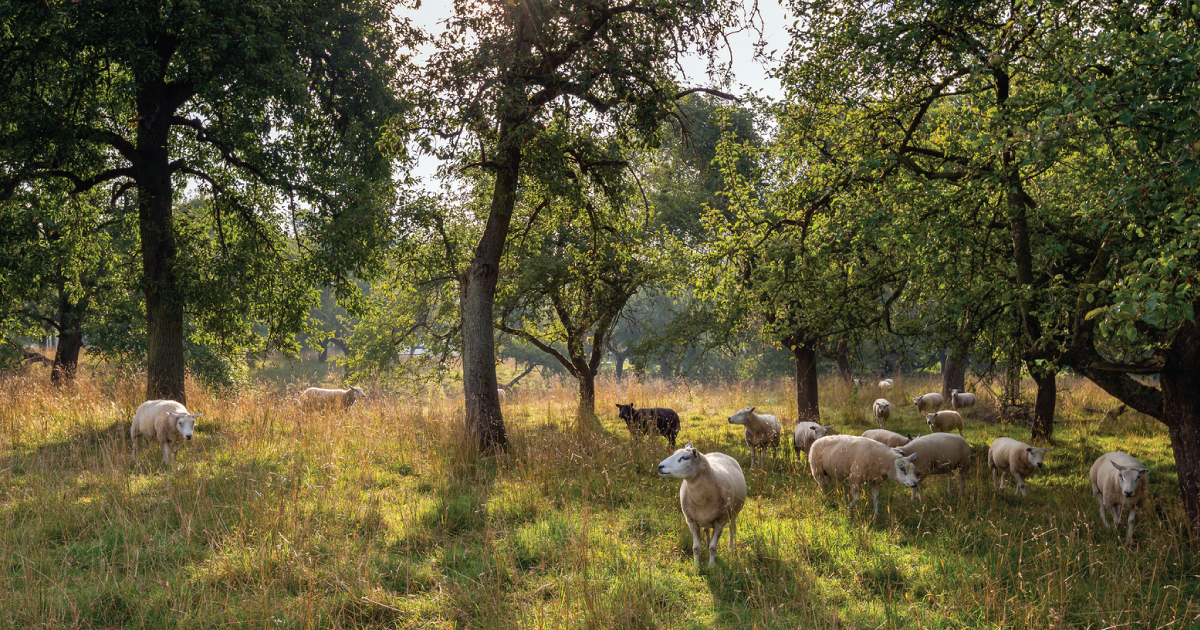
Silvopasture Can Mitigate Climate Change. Will U.S. Farmers Take It Seriously?
Steve Gabriel curls back a bit of flimsy net fencing and shakes a plastic bucket of alfalfa pellets. Immediately, a sweet-faced, short-fleeced mob of some 50 Katahdin sheep pull away from a line of young black locust trees on whose leaves they’ve been snacking and swarm around him.
January 7, 2019 | Source: Civil Eats | by Lela Nargi
The ancient, sustainable practice of pasturing animals among trees is gaining traction in the U.S. If it scales up, it could help shrink our carbon footprint.
Steve Gabriel curls back a bit of flimsy net fencing and shakes a plastic bucket of alfalfa pellets. Immediately, a sweet-faced, short-fleeced mob of some 50 Katahdin sheep pull away from a line of young black locust trees on whose leaves they’ve been snacking and swarm around him. The sheep race after Gabriel as he strides across nibbled grass and out from the fencing, around a dirt path’s shallow curve, and into a shadier, overgrown pasture dotted with longstanding black walnut and hawthorn trees.
Gabriel is an agroforestry specialist at Cornell University’s Small Farms Program. He’s also the author of the book on silvopasture, a farming technique that’s touted as a way to sequester carbon by growing trees in livestock pastures.
